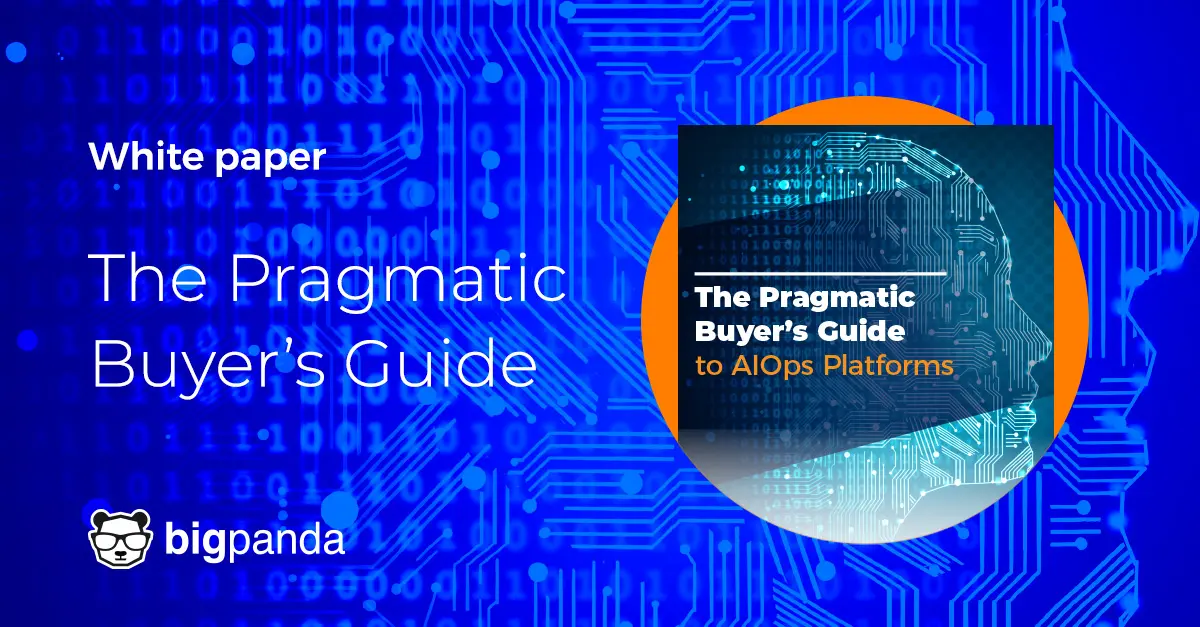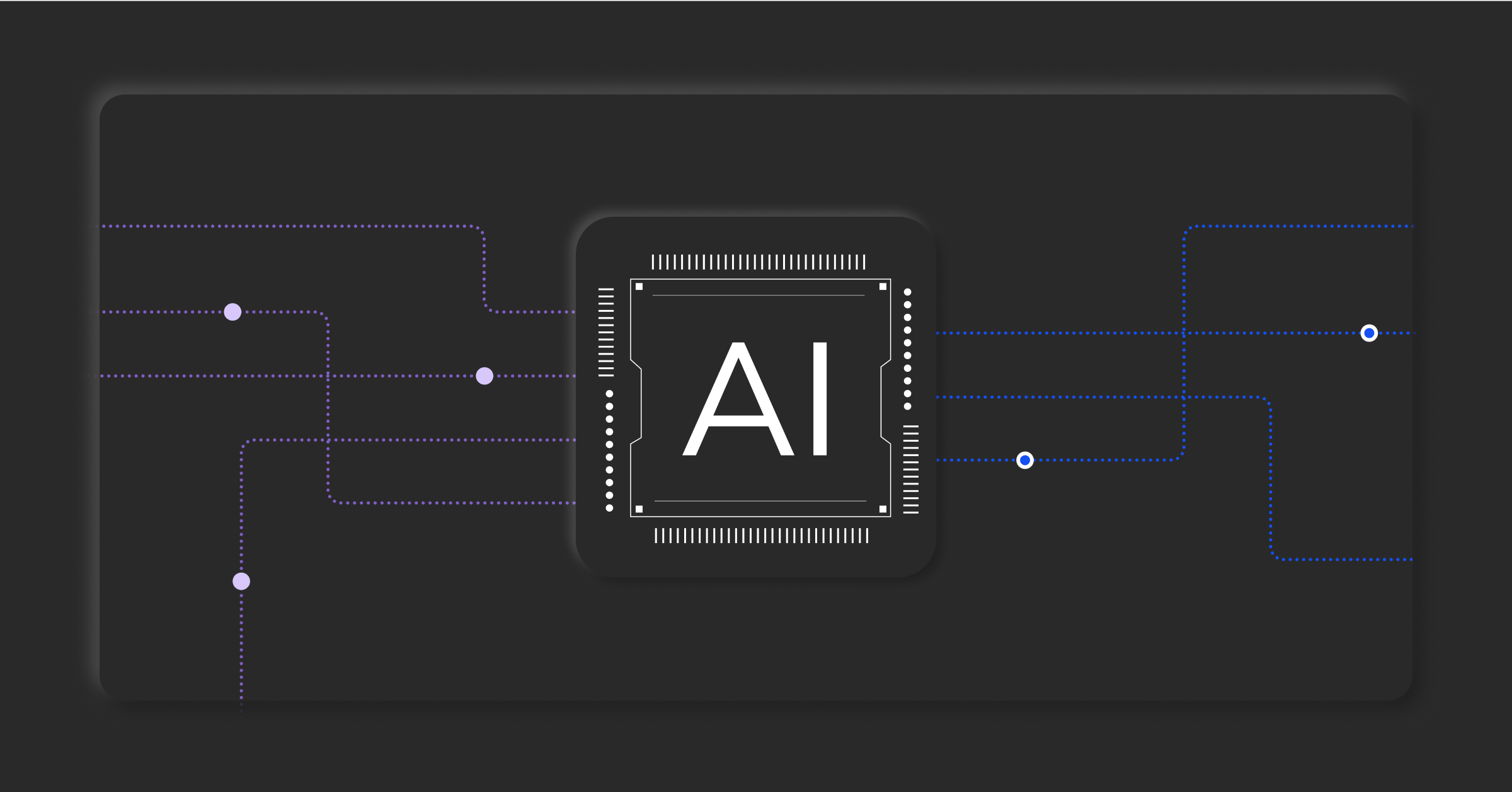The Pragmatic Buyer’s Guide to AIOps Platforms

It’s been said hundreds of times: in the digital era, customers tolerate no downtime. IT operations teams must keep systems running 24x7x365, as the price of downtime is steep. According to Gartner, in 2014, organizations lost $5,600 per minute of downtime, which worked out to well over $300,000 per hour. Today, it’s likely higher, as organizations increasingly rely on technology to power revenue-generating business services. But the challenge is daunting. Businesses must support a convoluted mix of cloud-native applications and infrastructure, legacy infrastructure, and hybrid infrastructure, resulting in IT Ops, NOC and DevOps teams being overwhelmed by a plethora of different types of alerts, and less than optimal tools to deal with them.
In the search for answers, many IT leaders are considering AIOps solutions that leverage Artificial Intelligence (AI) and Machine Learning (ML) to intelligently streamline and automate IT Ops. But not all AIOps solutions are created equal. In order to maximize your chances of success and to quickly see value on your AIOps investment, there are four key elements you should consider.
Working with your existing tools
Many organizations have accumulated a number of diverse IT Ops tools over the years. These include various flavors of infrastructure, application, log, network and server monitoring tools; different helpdesk, service desk and ticketing tools; a variety of collaboration and notification tools; and so on. Because each of these tools serves an important purpose, implementing an AIOps platform that requires disrupting them, or their related processes and workflows, would be counterproductive. The best approach is to implement an AIOps platform that easily integrates and works with all of your tools.
Open Box Machine learning
As IT complexity steadily increases, more data is generated every day. To address this, and the management requirements of dynamic applications and services with their highly complex underlying architectures, a new level of automation is needed. AIOps supersedes manual processes and rules-based automation to leverage the analytical and predictive capabilities of AI and machine learning in IT Ops tools. But many such implementation attempts fall short due to lack of transparency. To IT operations managers, AI/ML often appears to be a “black box” that provides little information as to how inferences are made. Instead, IT Ops professionals need transparent AI/ML that generates results they can trust.
Reporting capabilities
To achieve timely incident response, IT Ops professionals must be able to access, view and share information about KPIs, metrics and trends. Some organizations use manual spreadsheets for IT Ops reporting, others often use manual reporting tools which are labor intensive and some seek a solution in custom reporting tools which can be very expensive to build and keep up-to-date. Purpose-built IT Ops reporting software, however, enables IT Ops, NOC and DevOps teams to improve various aspects of their operations over time, and help them understand the value created by their different monitoring tools.
Rapid time to value
In the quest to keep systems running 24x7x365, organizations can’t afford the time and expense of an AIOps overhaul that would require costly implementation services for an extended period of time. Implementing AIOps as a (native) SaaS solution that smoothly integrates with existing best-of-breed tools, without the need for separate infrastructure investments or excessive external assistance, allows organizations to achieve rapid time to value, with low total cost of ownership (TCO).
Now that we’ve detailed the four keys you should have top-of-mind when considering an AIOps solution, what are the practical implementation questions you need to ask yourself for each of them?
And how can BigPanda assist you in adopting AIOps?
Read The Pragmatic Buyer’s Guide to AIOps Platforms to get all the answers.




